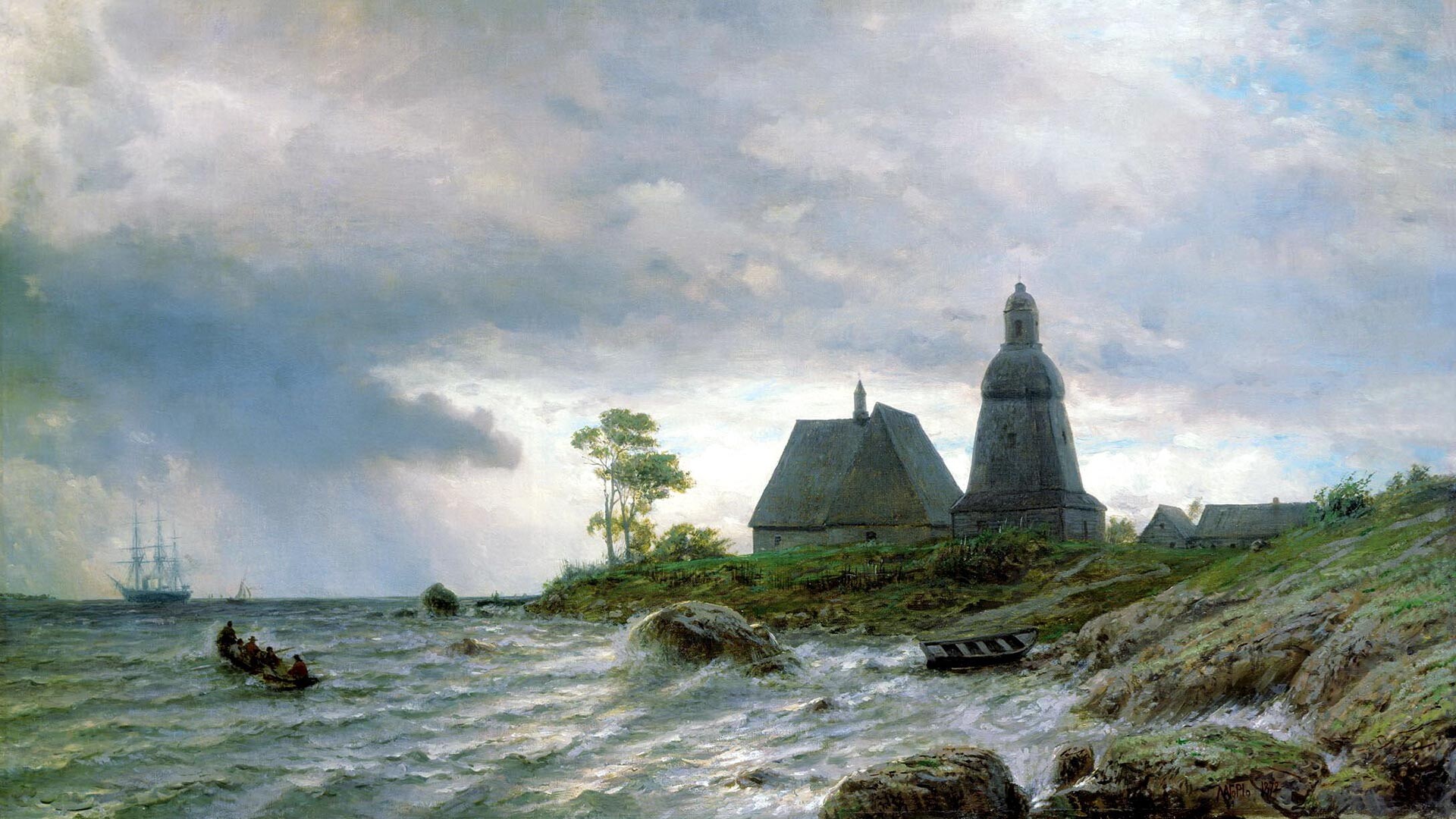
Northern landscape. 1872.
Leo Lagorio/The Pozhalostin Ryazan Regional and State Art Museum“The North is harsh and unfriendly, but I am drawn to it. I will go again to the Arctic Ocean, to great strong people,” artist Vasily Perepletchikov wrote in the early 20th century.
The so-called Russian North starts at the coast of the Arctic Ocean and the impenetrable forests of Arkhangelsk Region and stretches almost as far as St. Petersburg. Despite its geographic location, the city is not considered to be the Russian North, probably because of its distinctly Western European flavor.
There, in an almost desolate land, monks sought refuge from the hustle and bustle of our world. For a long time, timber, wax and furs were brought from all over the country to the northern port of Arkhangelsk for shipment to Europe. Only with the founding of St. Petersburg and the incorporation of Riga and Revel (now Tallinn) in the first half of the 18th century as a result of the Great Northern War (against Sweden), commodity flows were redirected to the Baltic.

The Wild North, 1890.
Ivan Shishkin/Kyiv National Art Gallery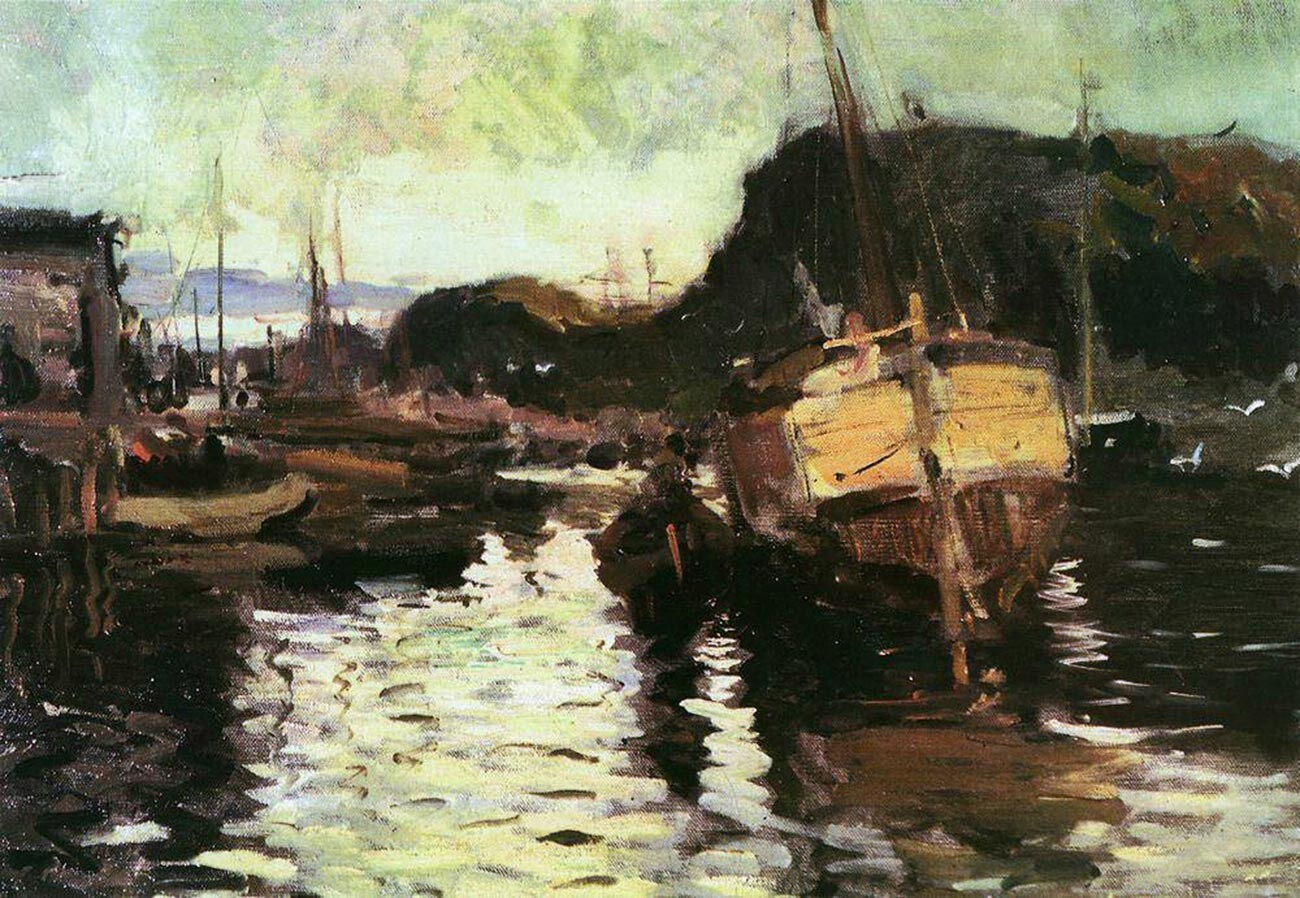
In the North, 1899.
Konstantin Korovin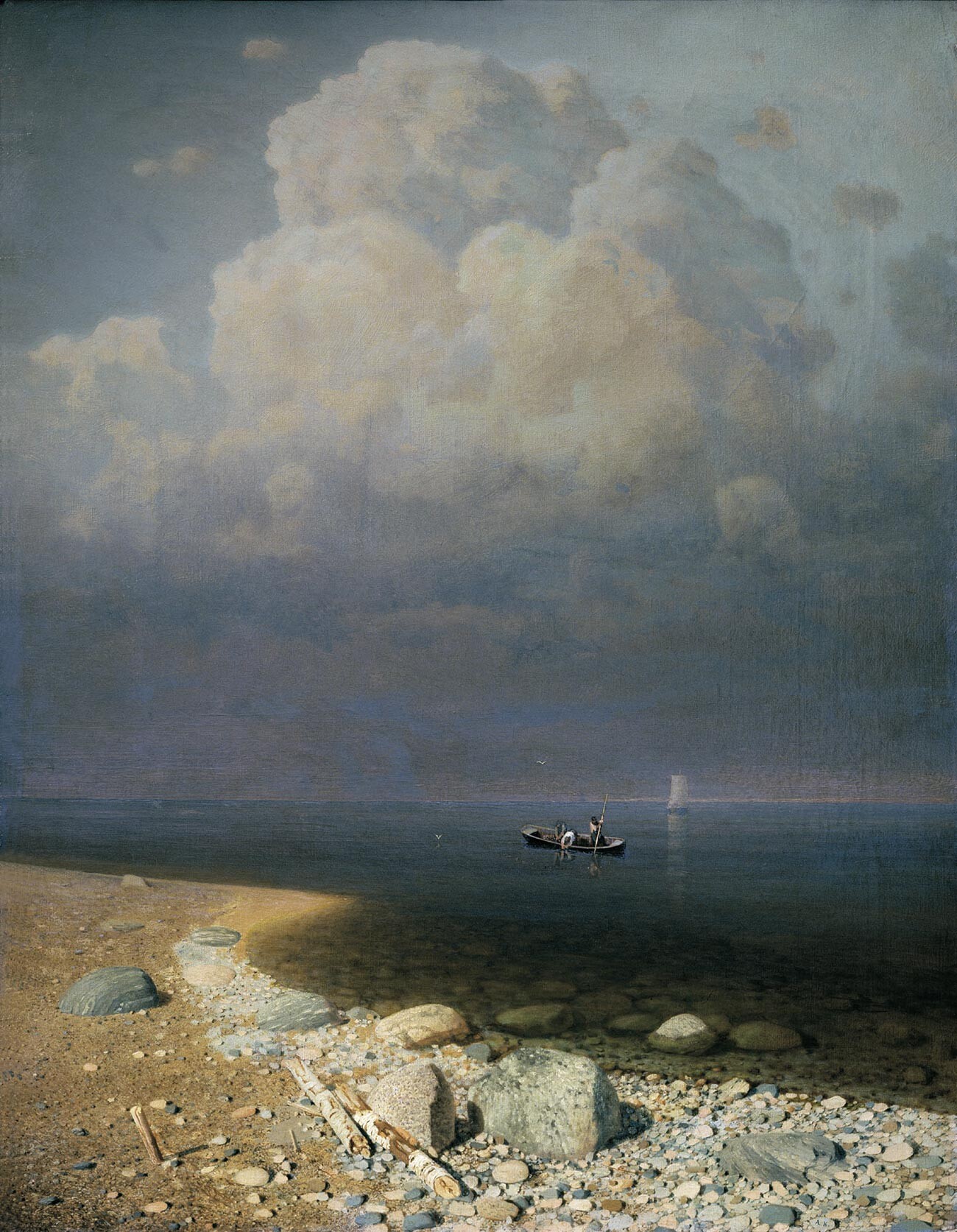
Lake Ladoga, 1873.
Arkhip Kuindzhi/The State Russian Museum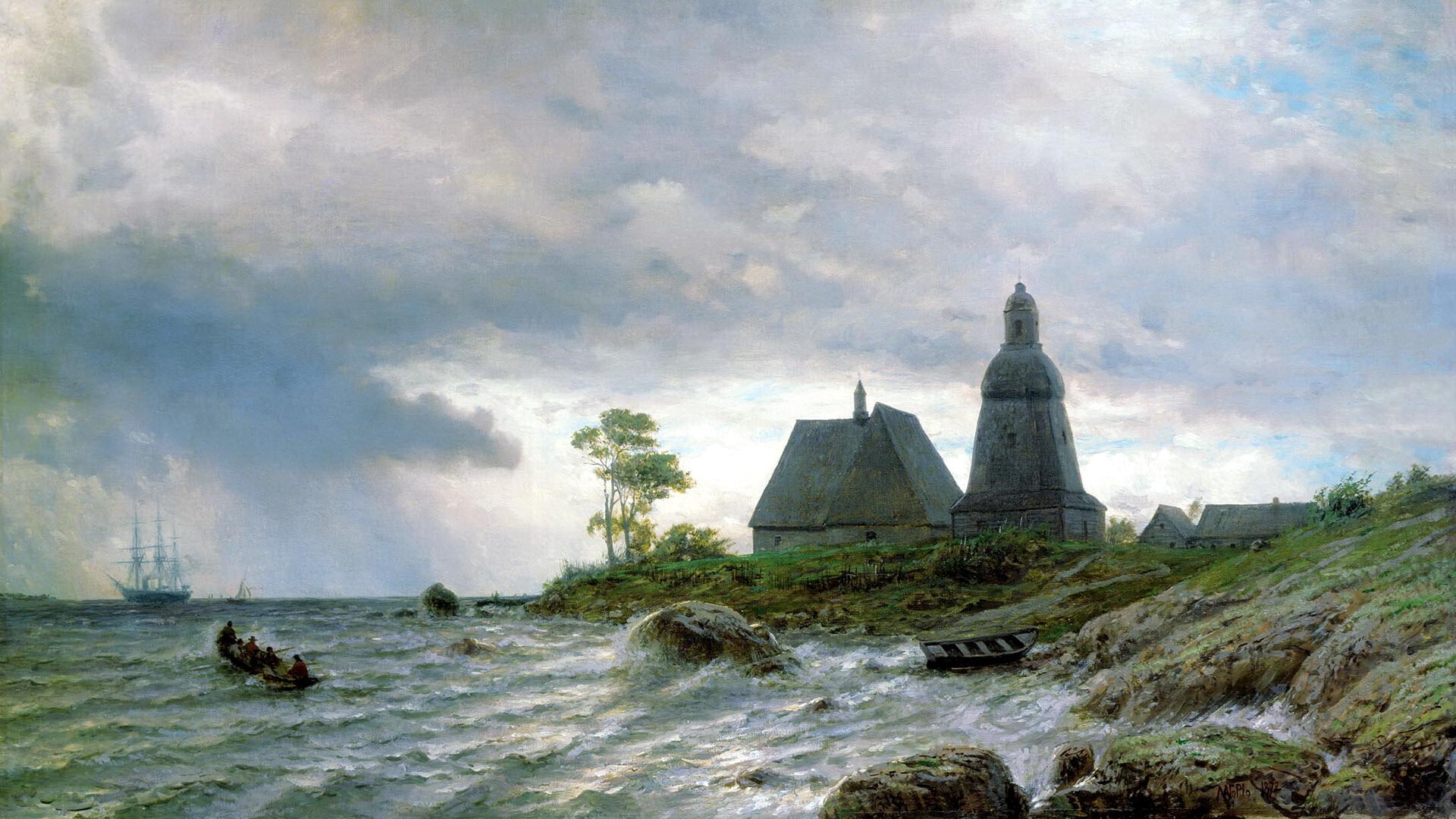
Northern landscape, 1872.
Leo Lagorio/The Pozhalostin Ryazan Regional and State Art Museum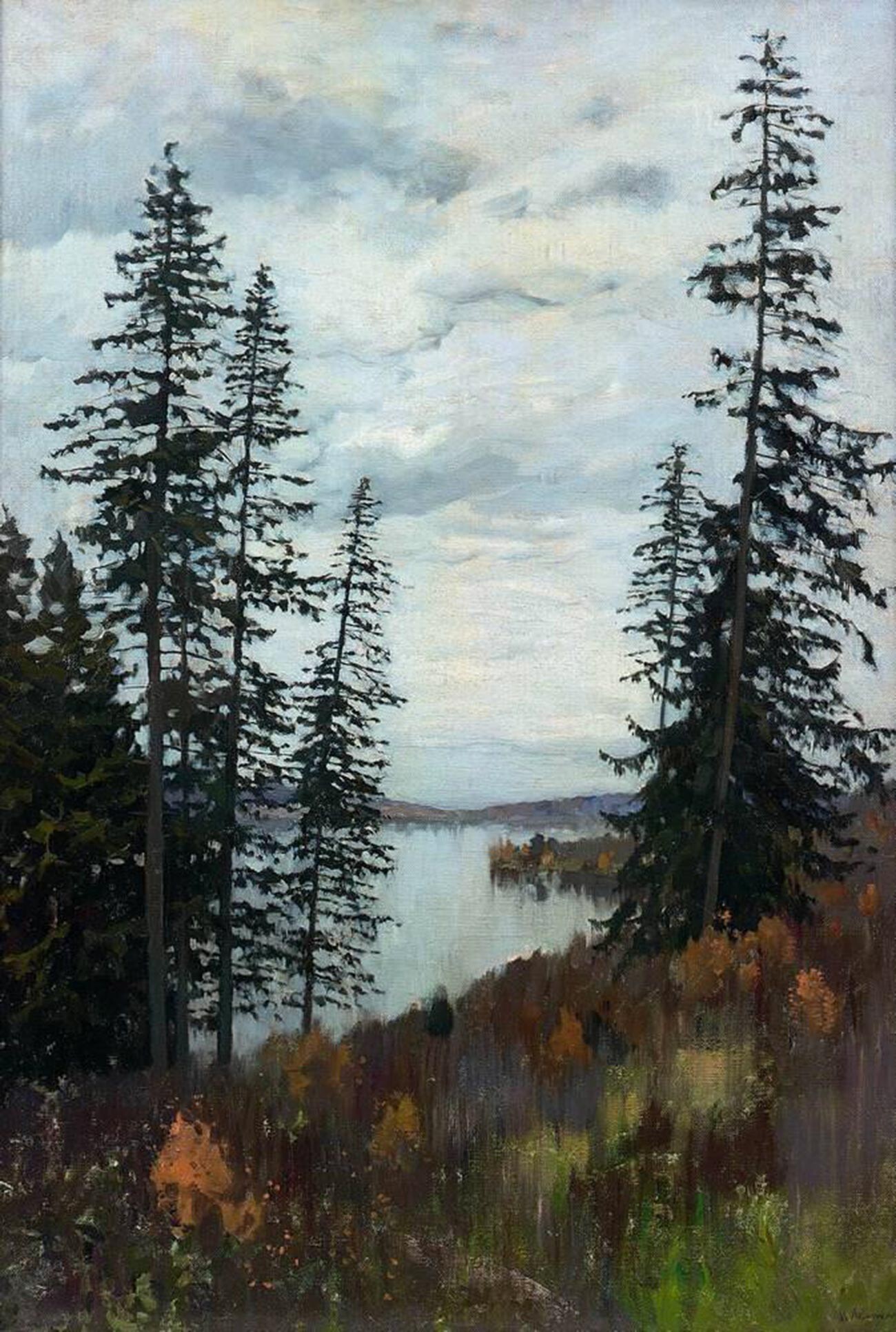
Up to the North, 1896.
Isaac Levitan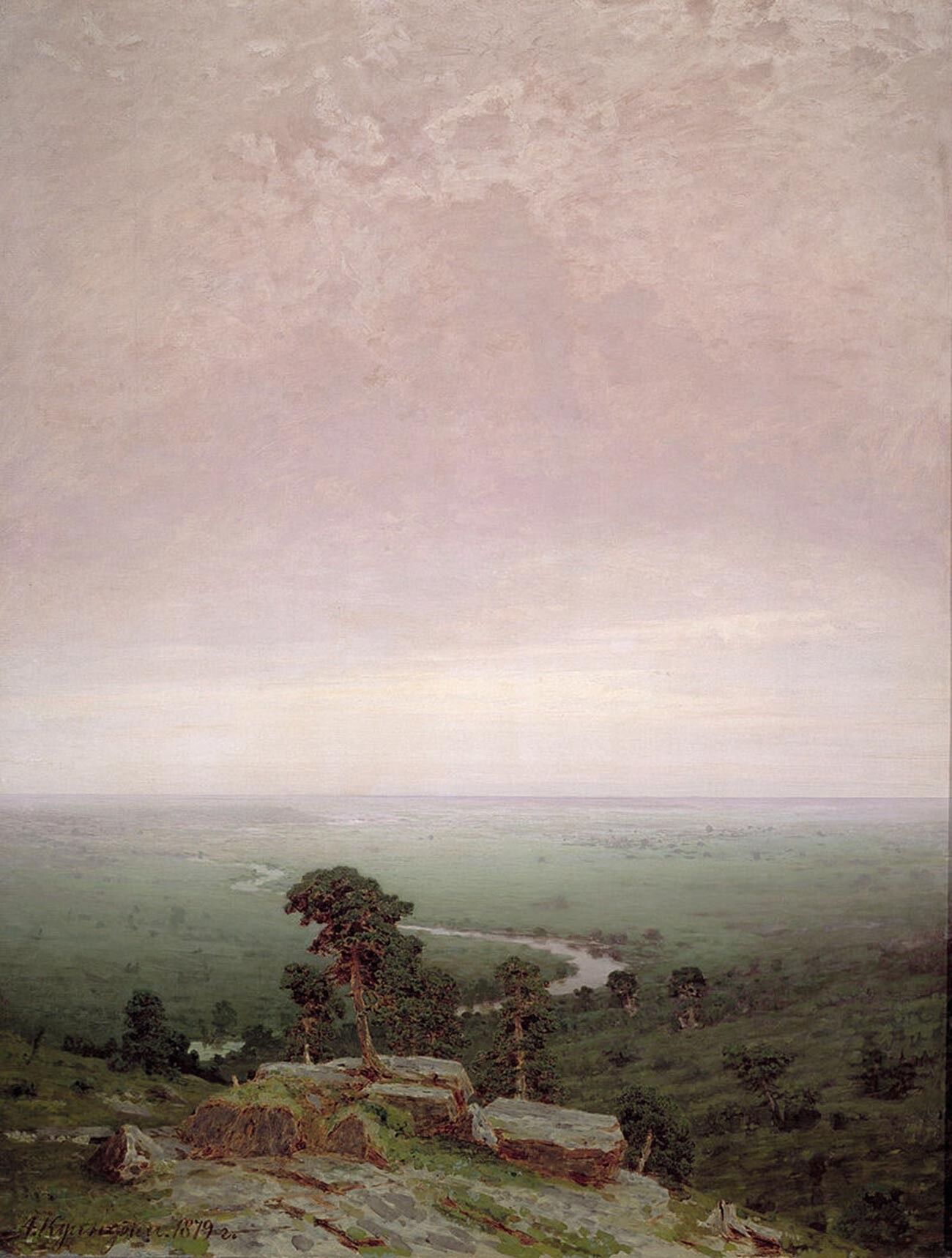
North, 1879.
Arkhip Kuindzhi/The State Tretyakov Gallery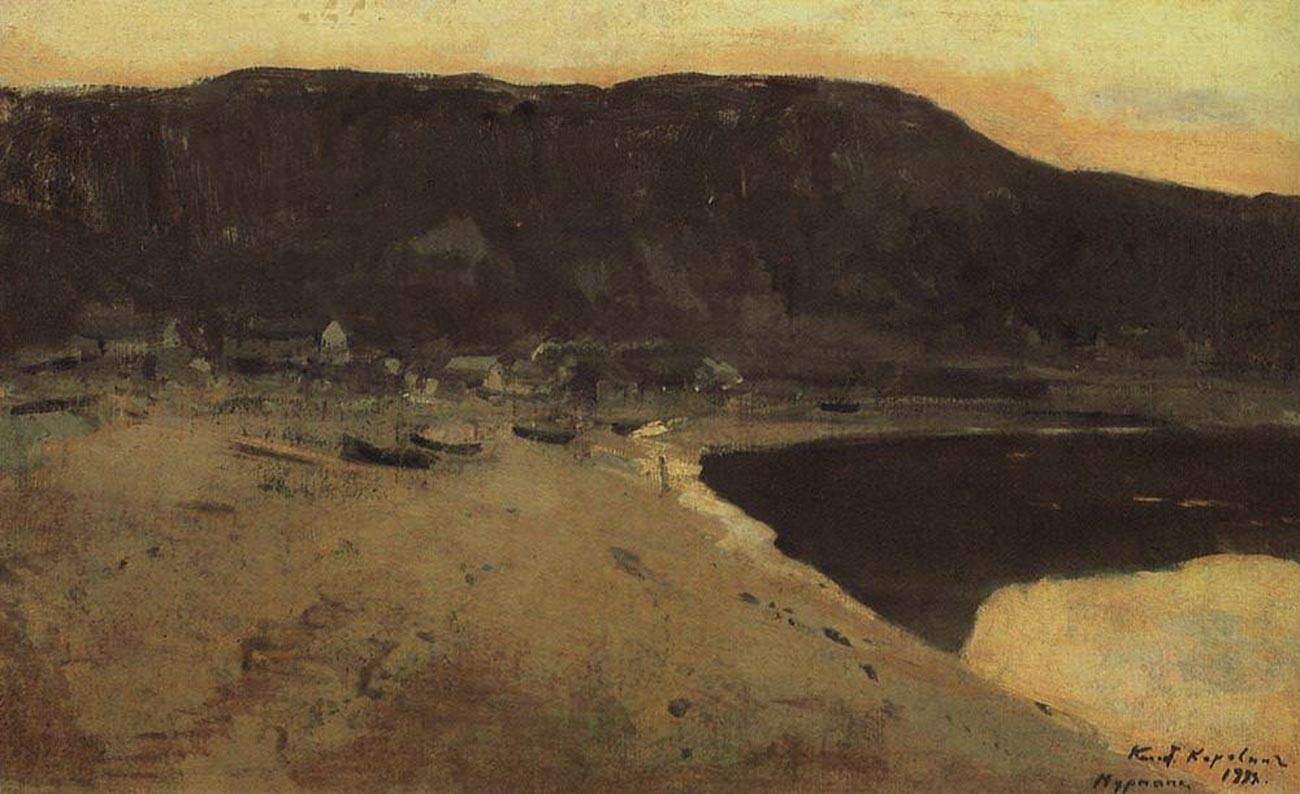
Murmansk coast, 1894.
Konstantin Korovin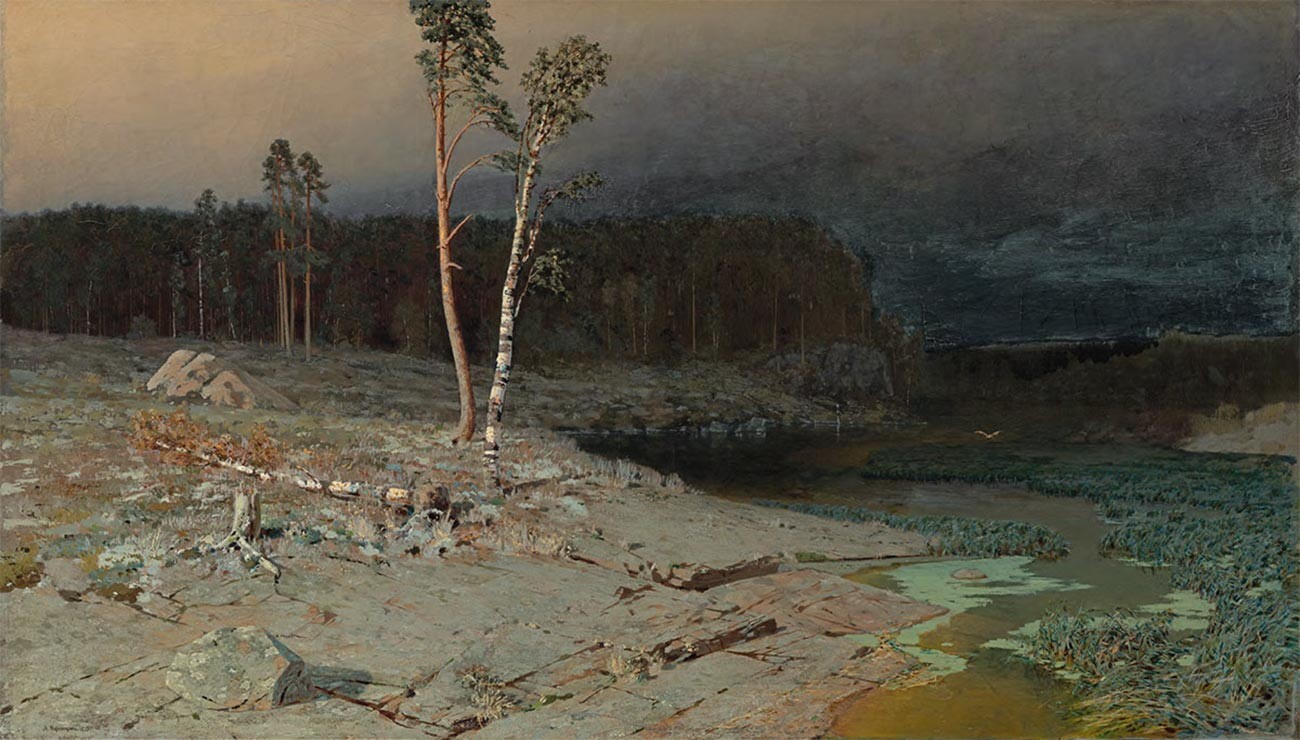
On the island of Valaam, 1873.
Arkhip Kuindzhi/The State Tretyakov Gallery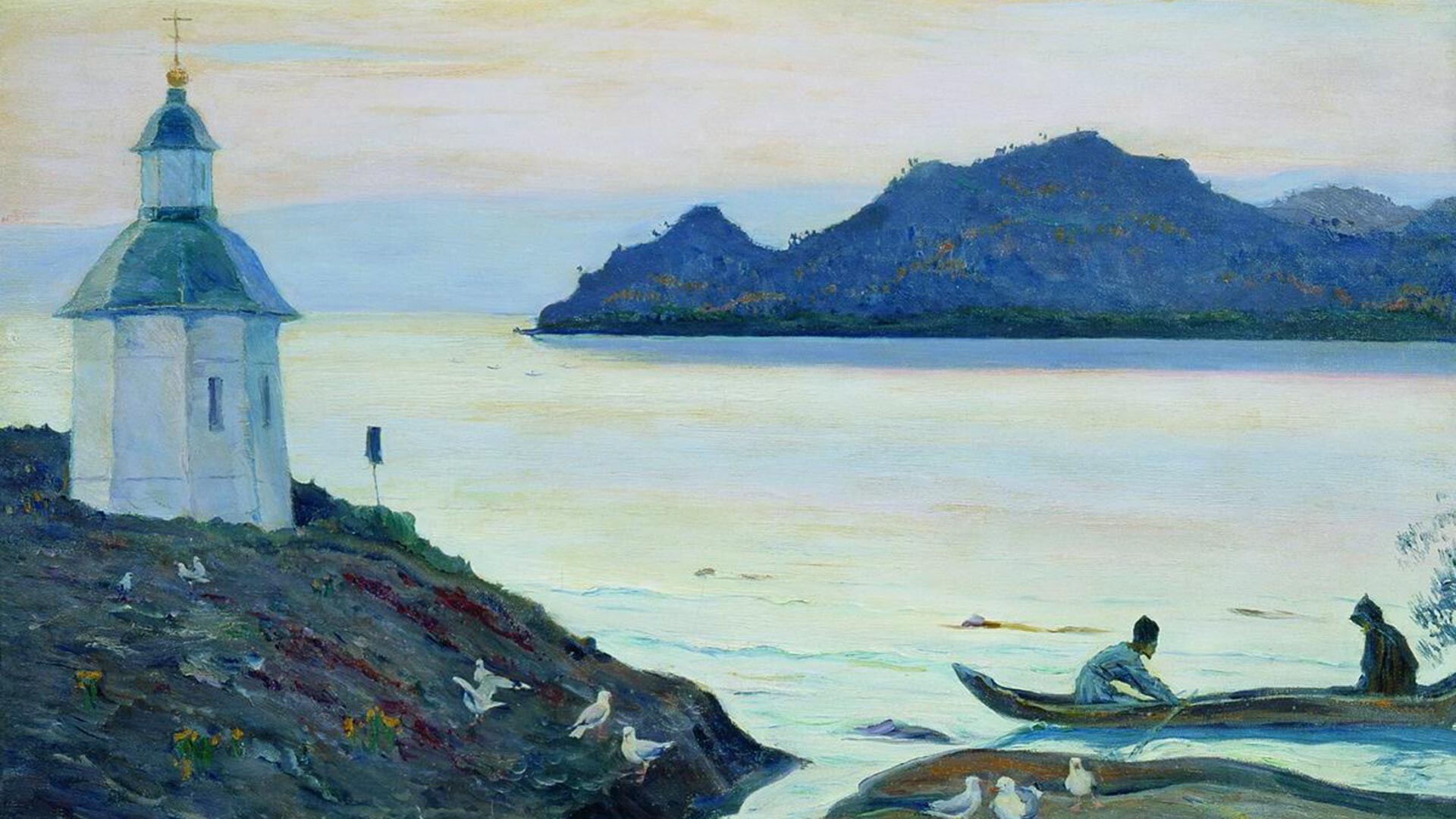
Solovki, 1917.
Mikhail Nesterov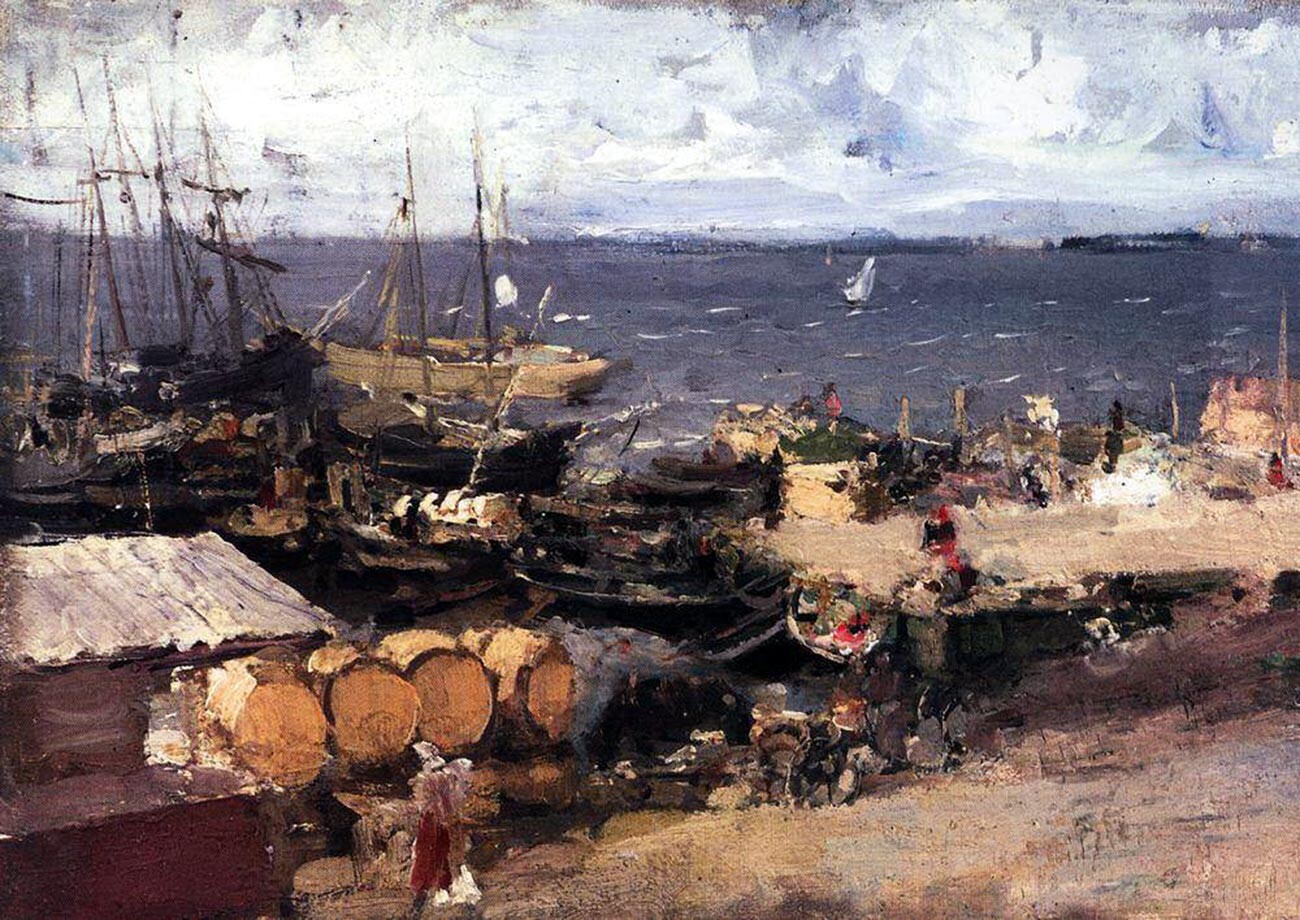
Port of Arkhangelsk on the Dvina River, 1894.
Konstantin Korovin
Interior view of the wooden church of Peter and Paul in Puchuga, 1894.
Vasily Vereshchagin/The State Russian Museum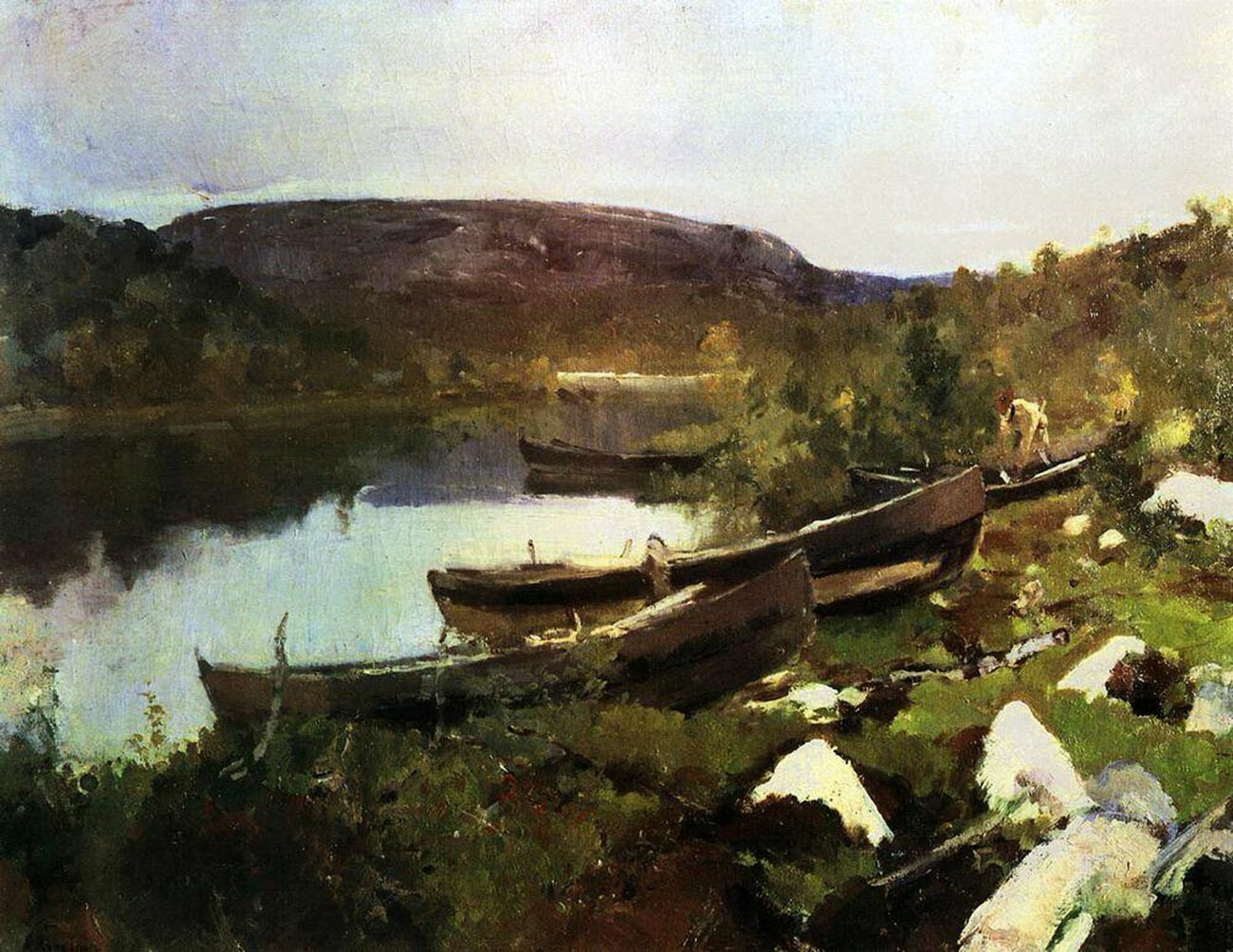
The St. Trifon’s Creek at Pechenga, 1894.
Konstantin Korovin/The State Tretyakov Gallery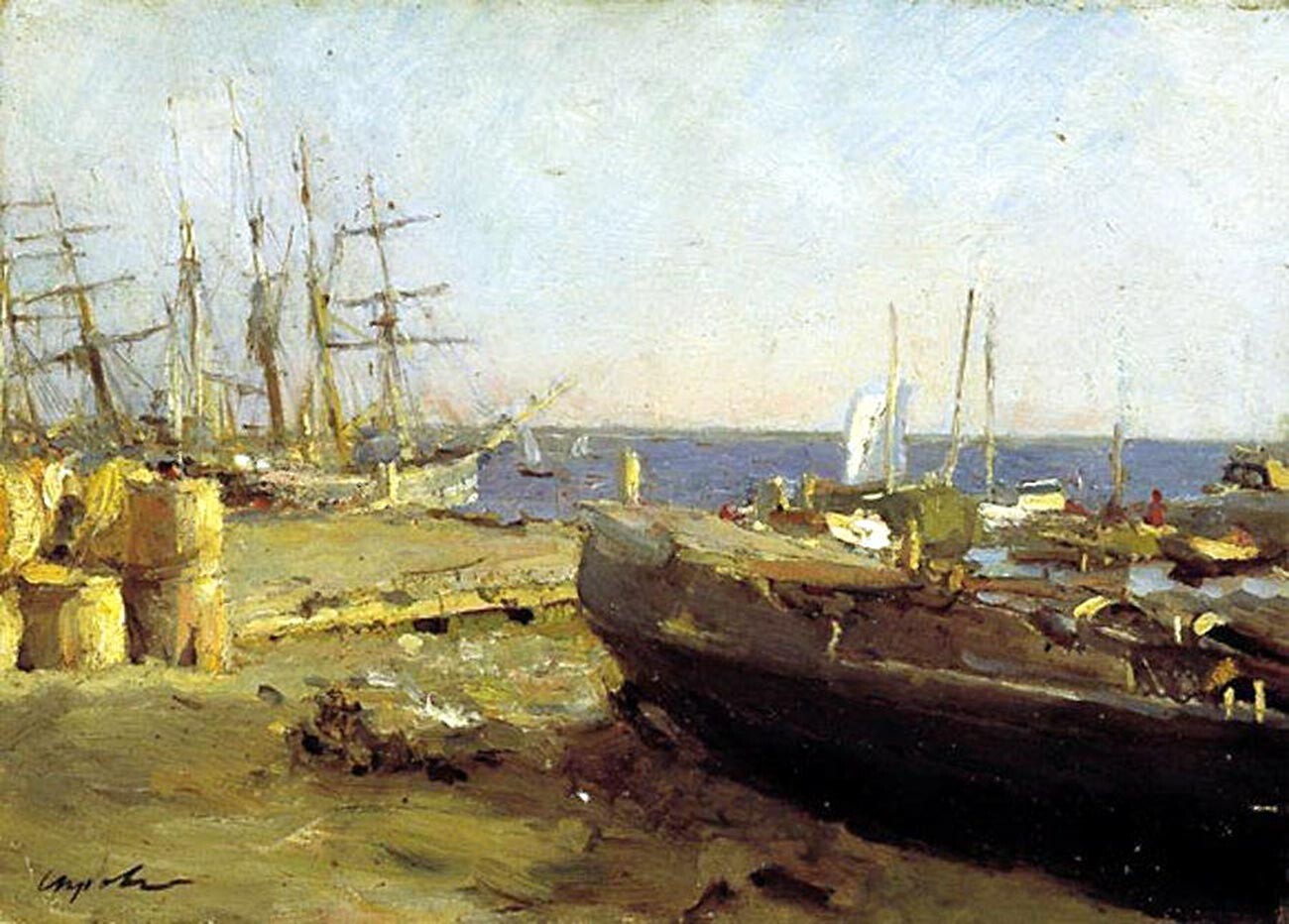
Fishing boats in Arkhangelsk, 1894.
Valentin Serov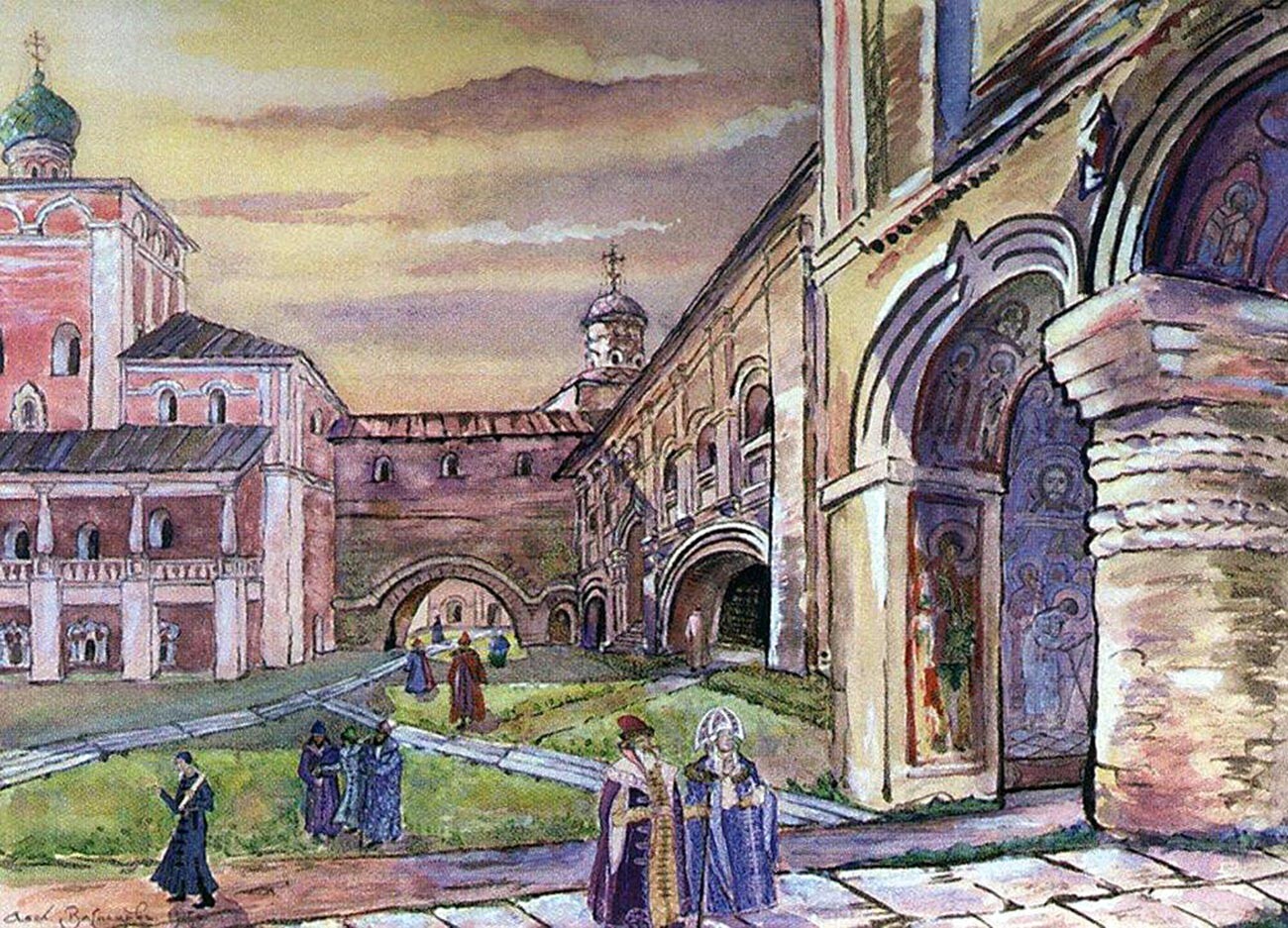
Kirillo-Belozersky monastery, 1915.
Apollinariy Vasnetsov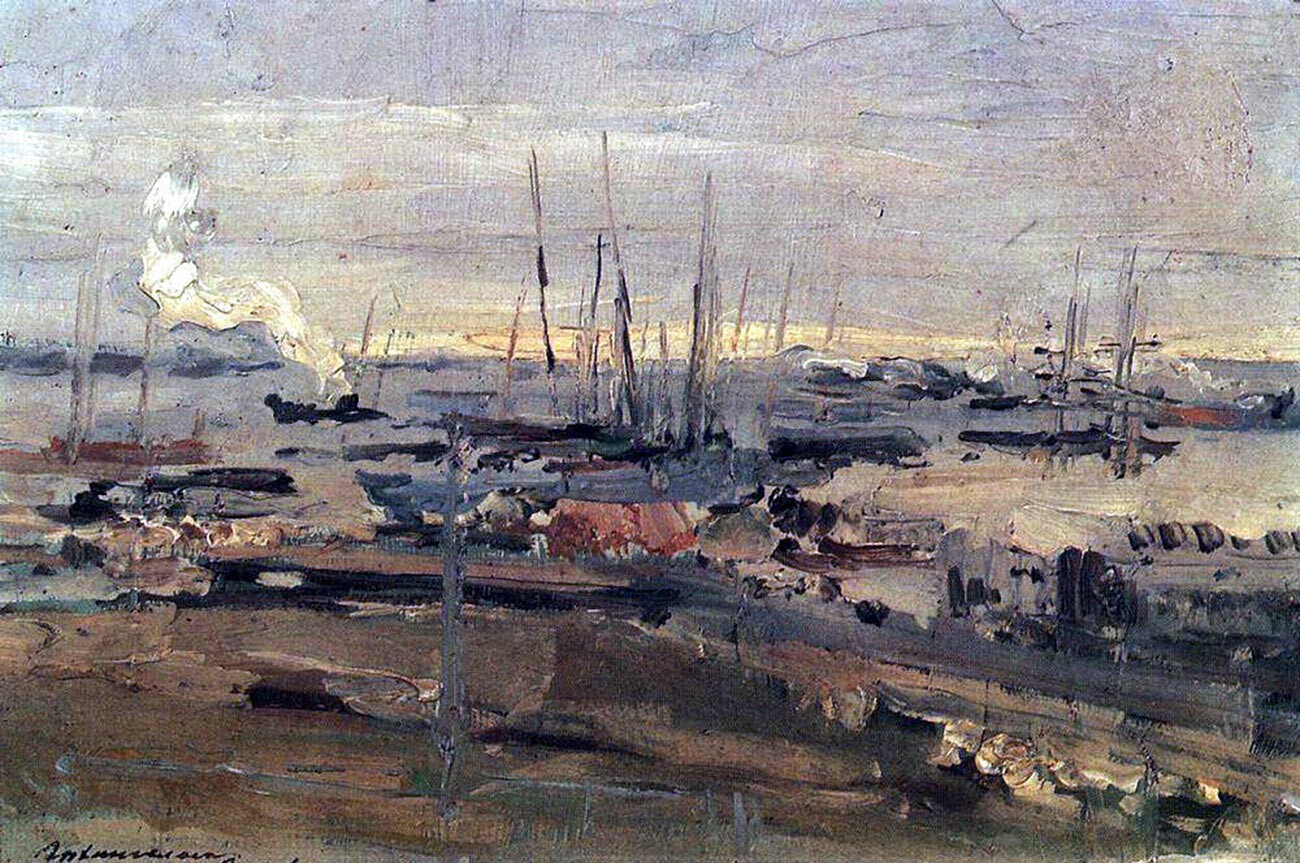
Arkhangelsk, 1897.
Konstantin Korovin/The State Tretyakov Gallery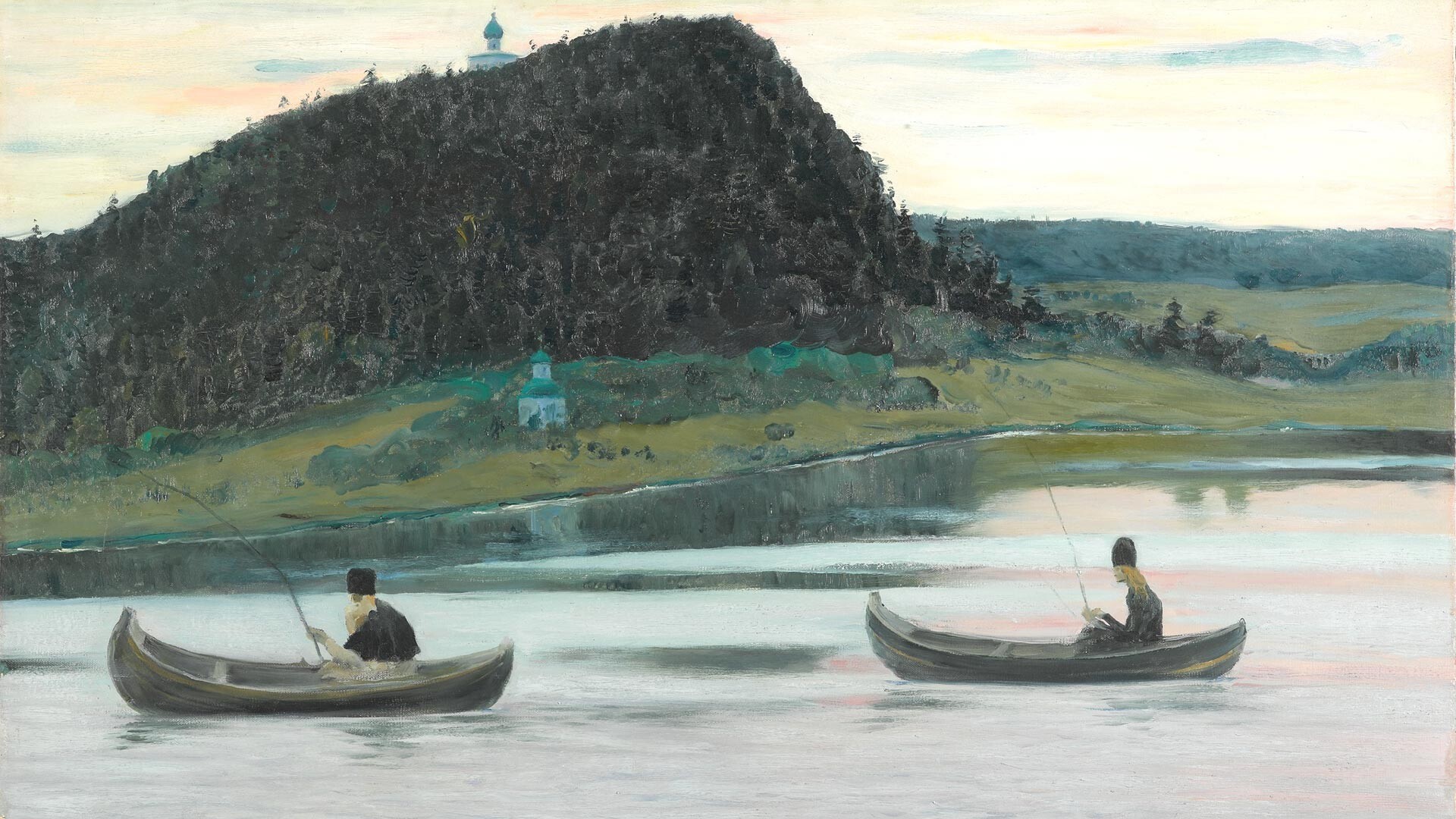
Silence, 1903.
Mikhail Nesterov/The State Tretyakov Gallery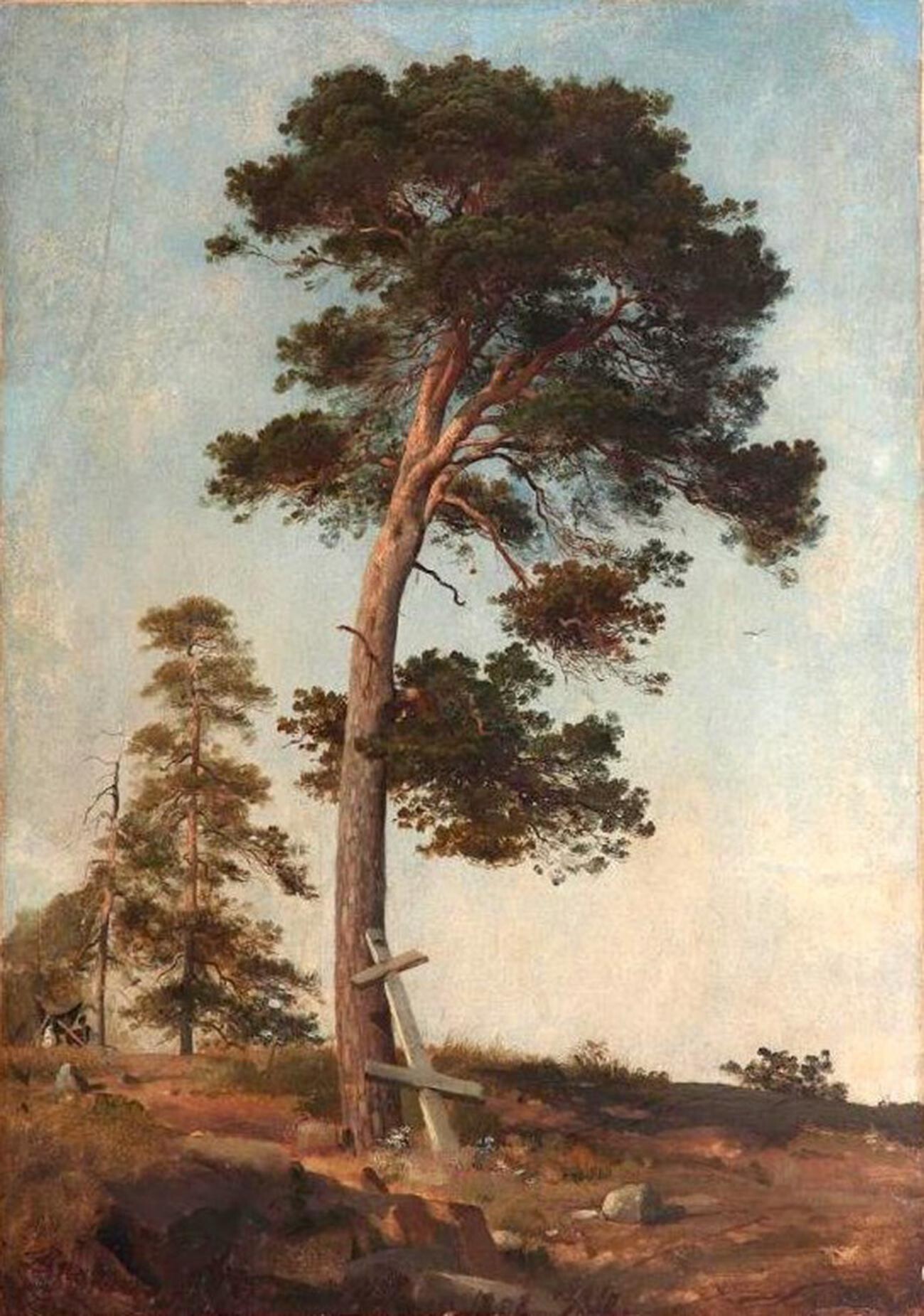
Pine on Valaam, 1858.
Ivan Shishkin/Perm State Art Gallery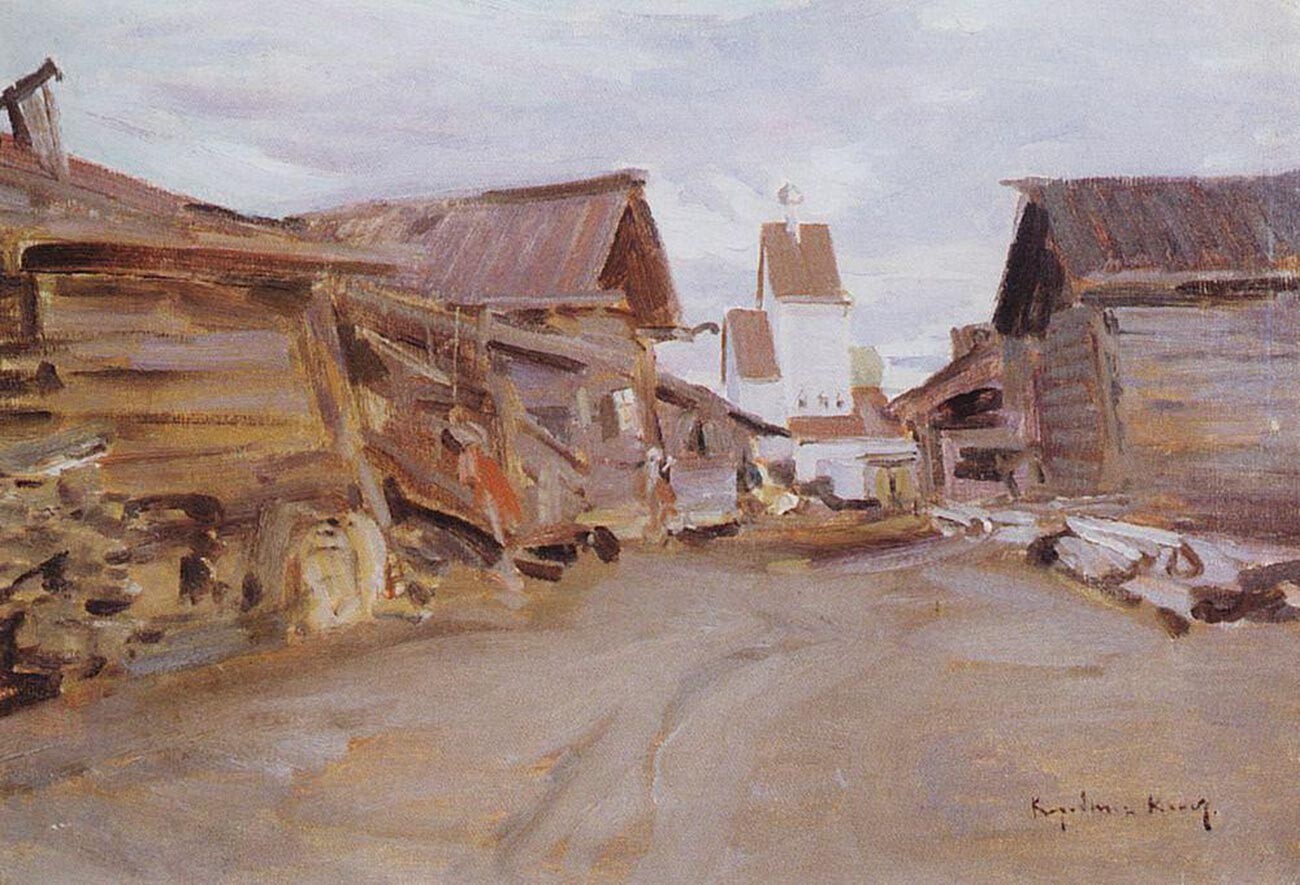
A village in northern Russia, mid-1890s.
Konstantin Korovin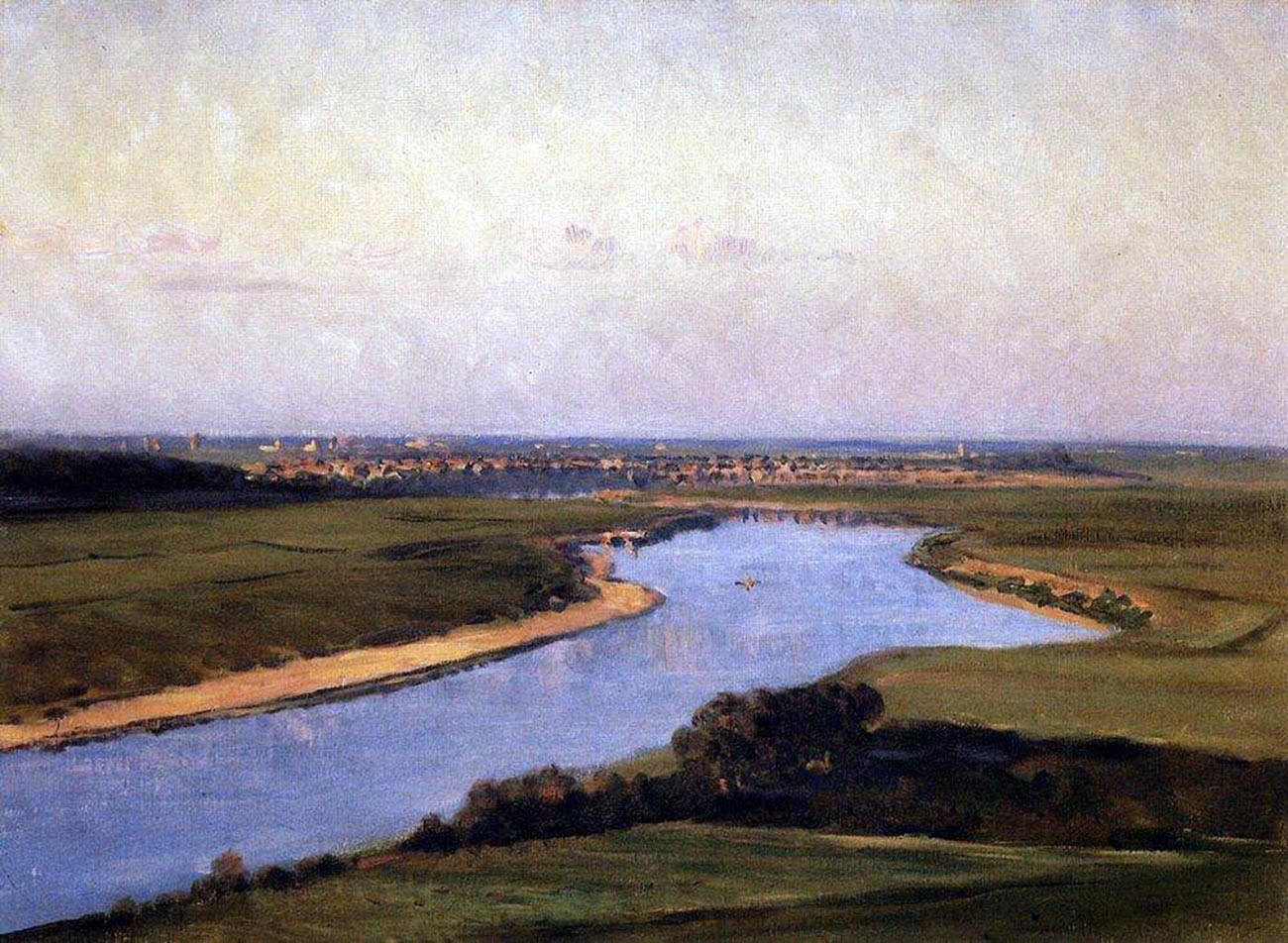
Northern Dvina, 1894.
Vasily Vereshchagin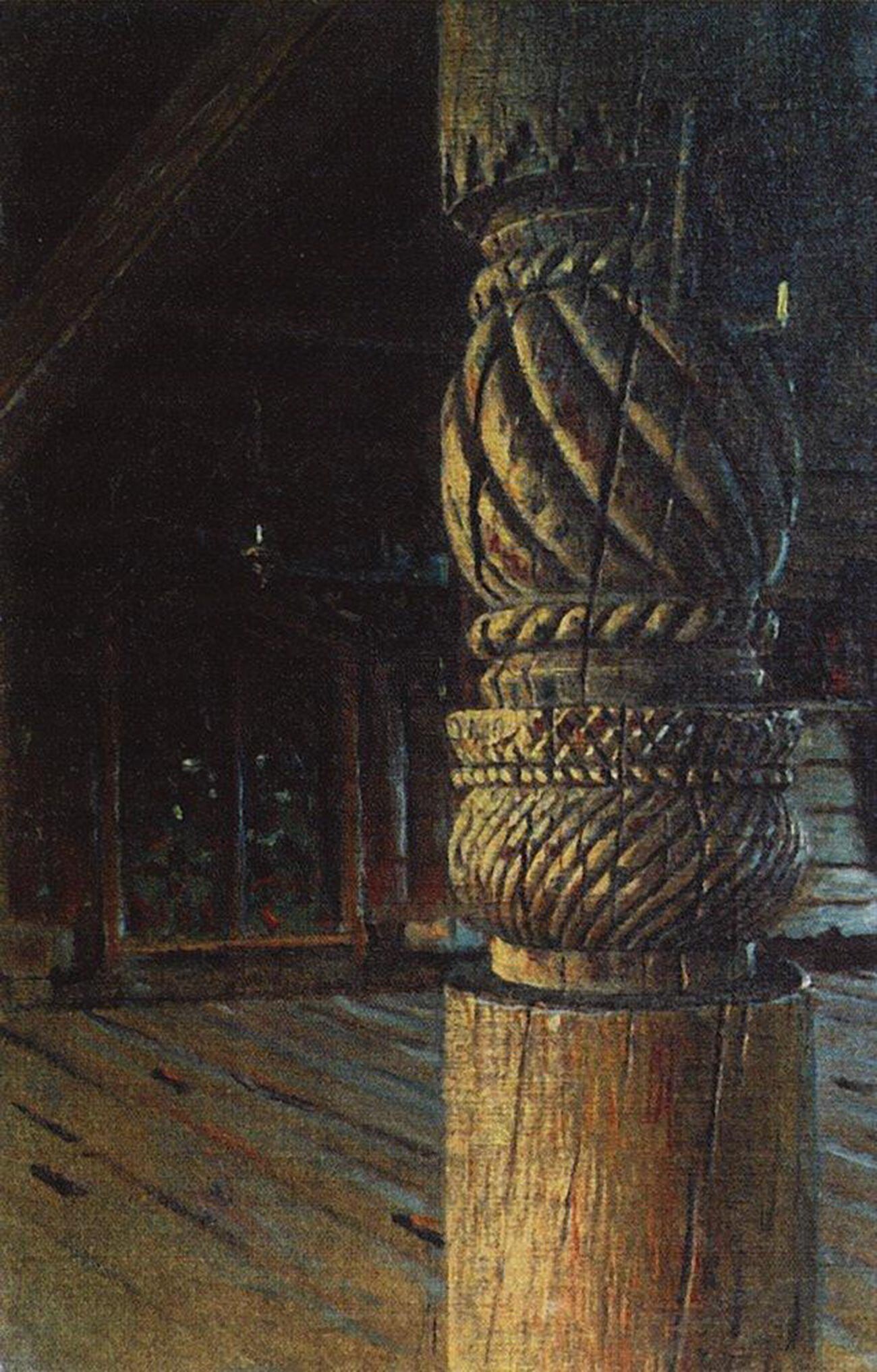
A carved column in the refectory of the Church of Saints Peter and Paul in the village of Puchuga, Vologda Province, 1894.
Vasily Vereshchagin/The State Tretyakov Gallery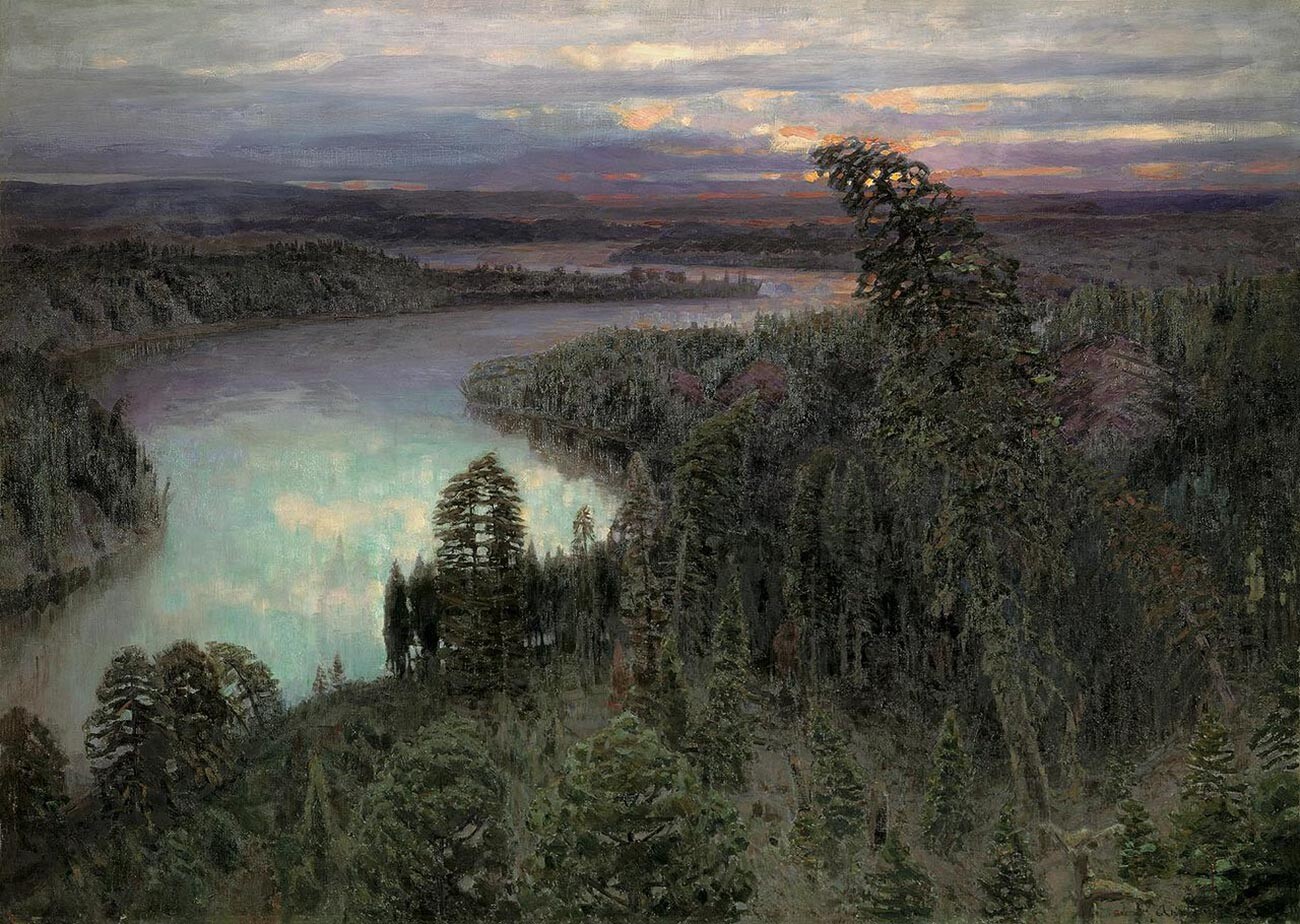
The North Country, 1899.
Apollinariy Vasnetsov/The State Russian Museum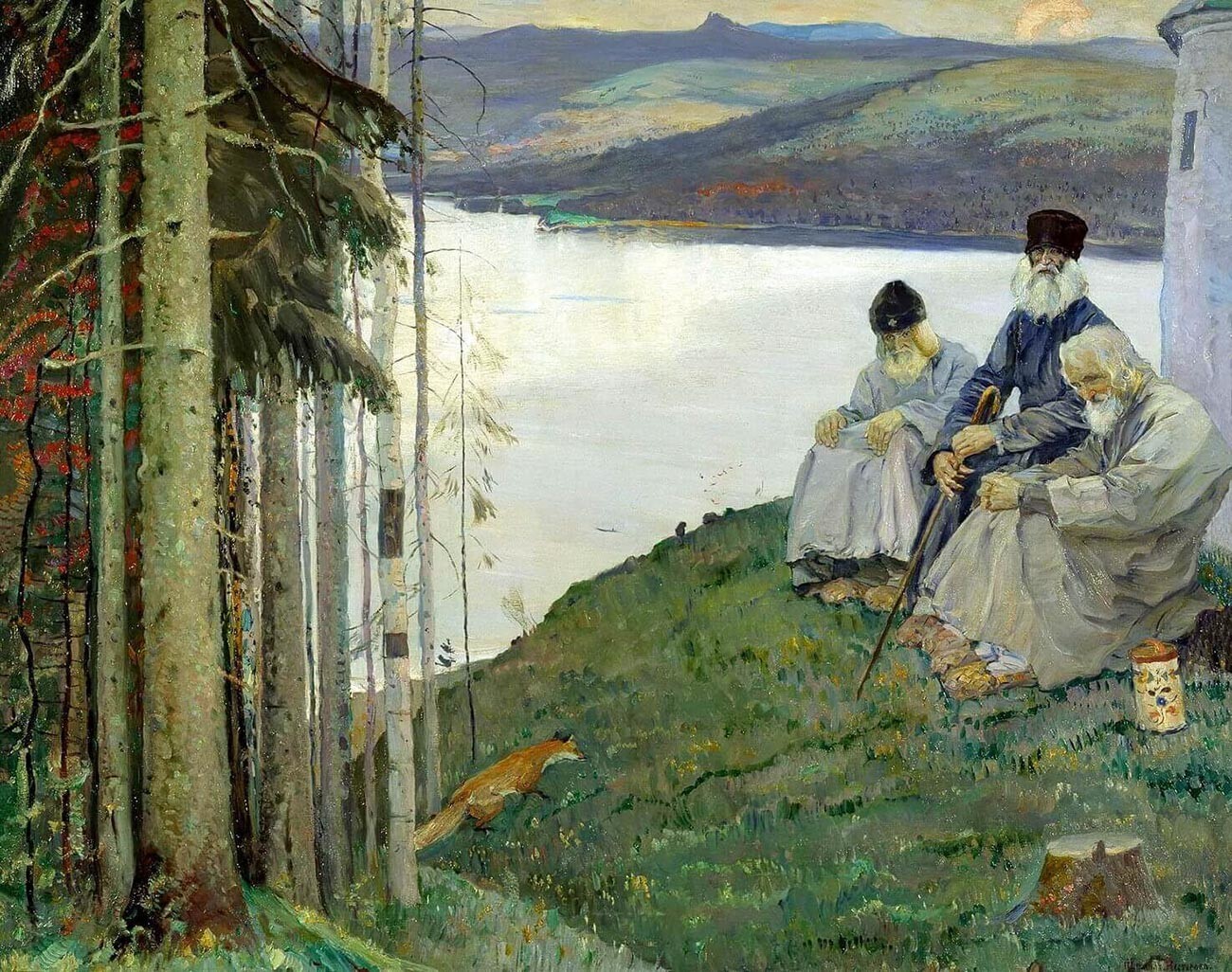
Foxy, 1914.
Mikhail Nesterov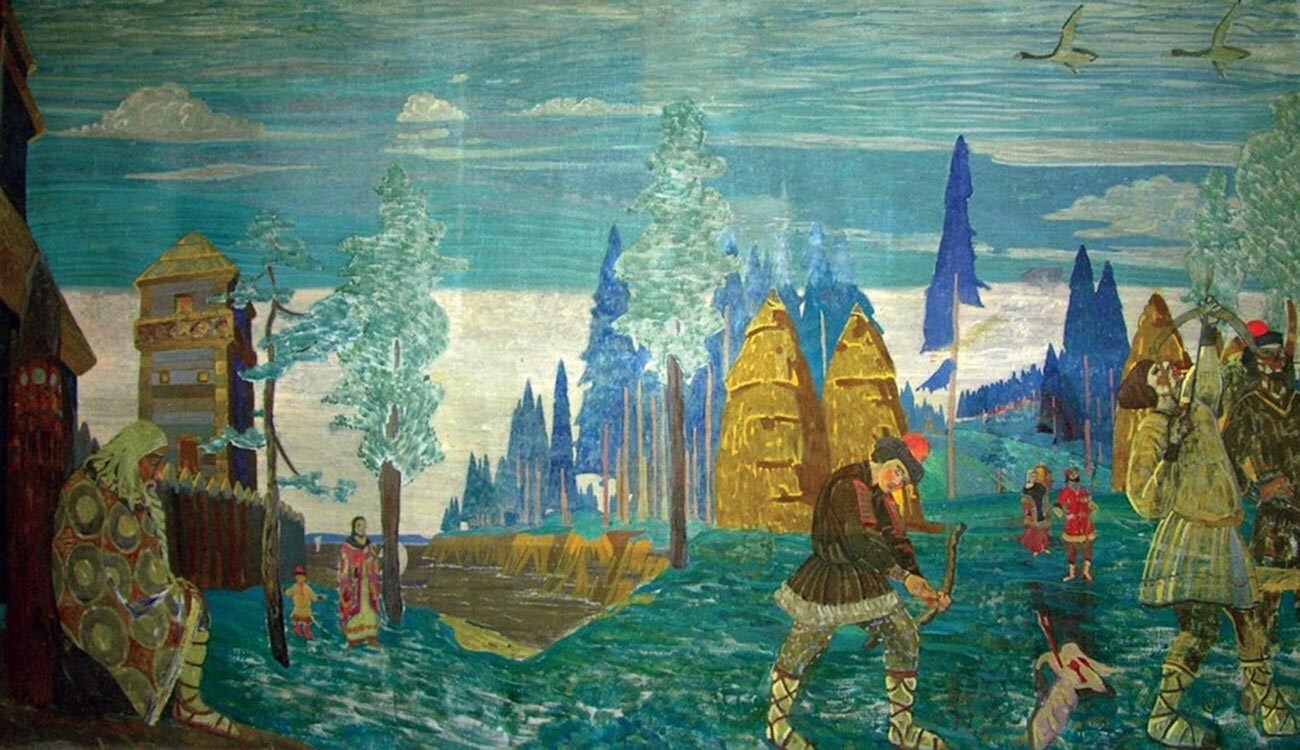
Pomorians. Morning, 1906.
Nicholas Roerich/The State Tretyakov Gallery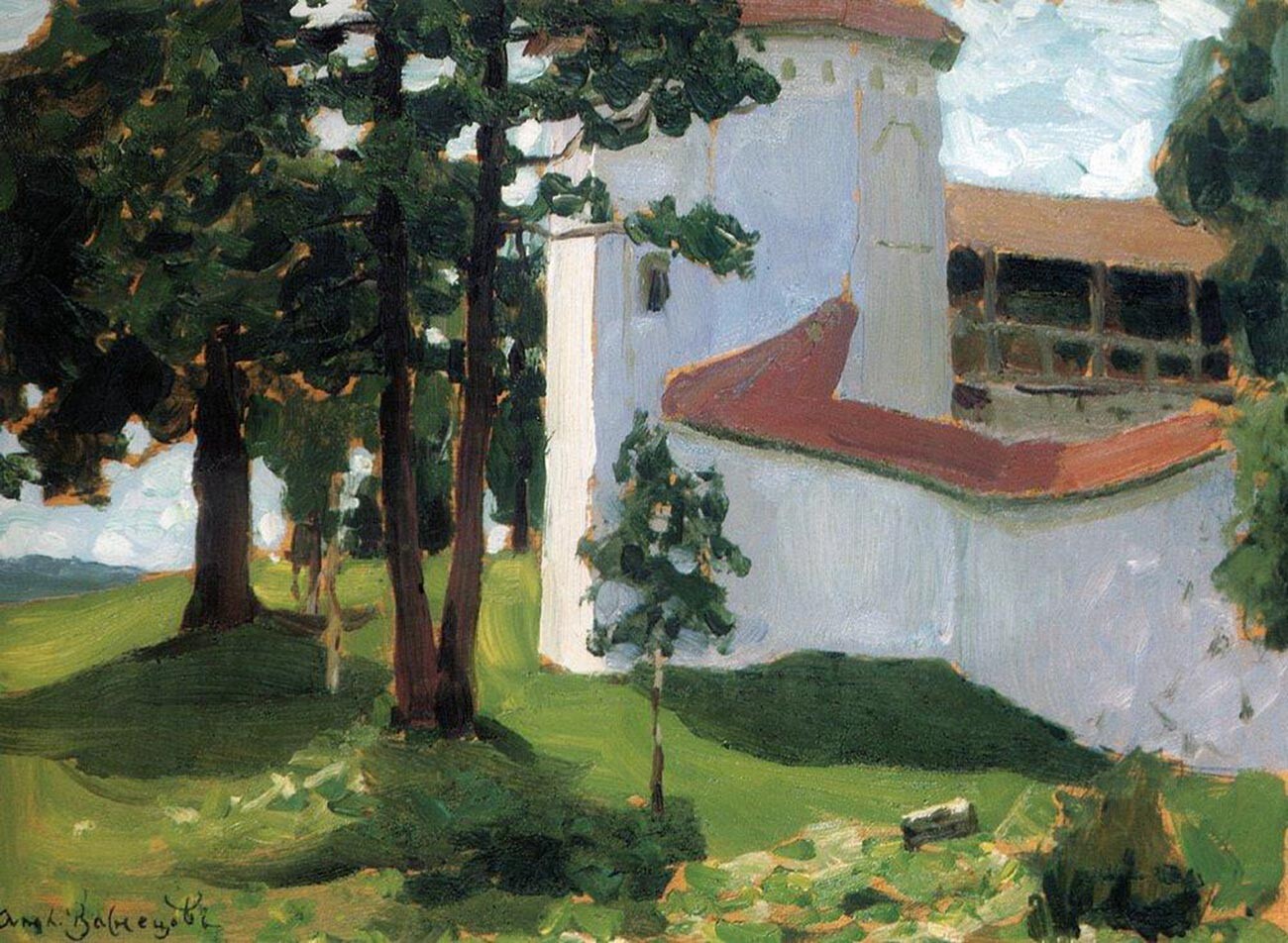
Valday Monastery. 1901.
Apollinariy Vasnetsov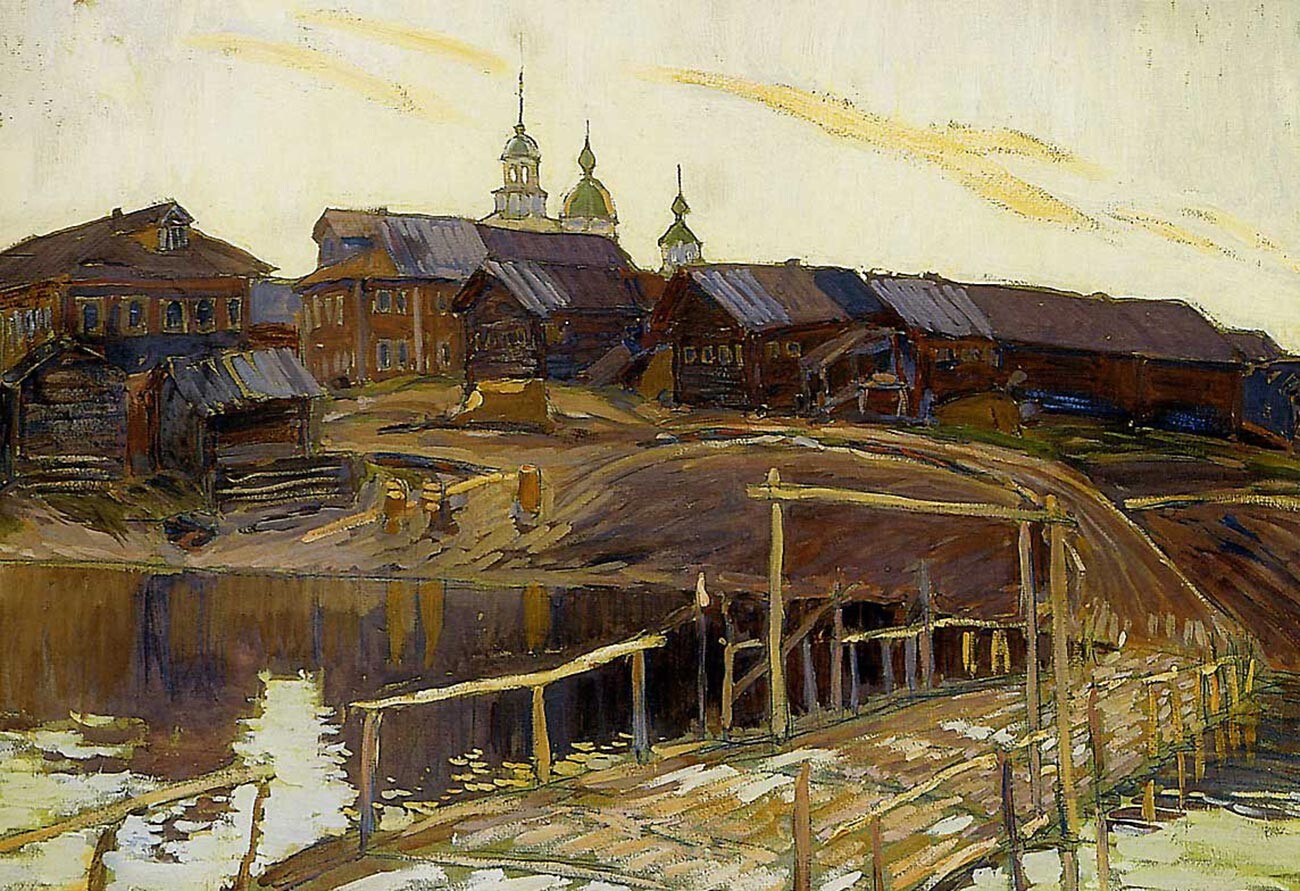
The Village of Porog on the Vonguda River, 1911.
Vasily PerepletchikovDear readers,
Our website and social media accounts are under threat of being restricted or banned, due to the current circumstances. So, to keep up with our latest content, simply do the following:
If using any of Russia Beyond's content, partly or in full, always provide an active hyperlink to the original material.
Subscribe
to our newsletter!
Get the week's best stories straight to your inbox